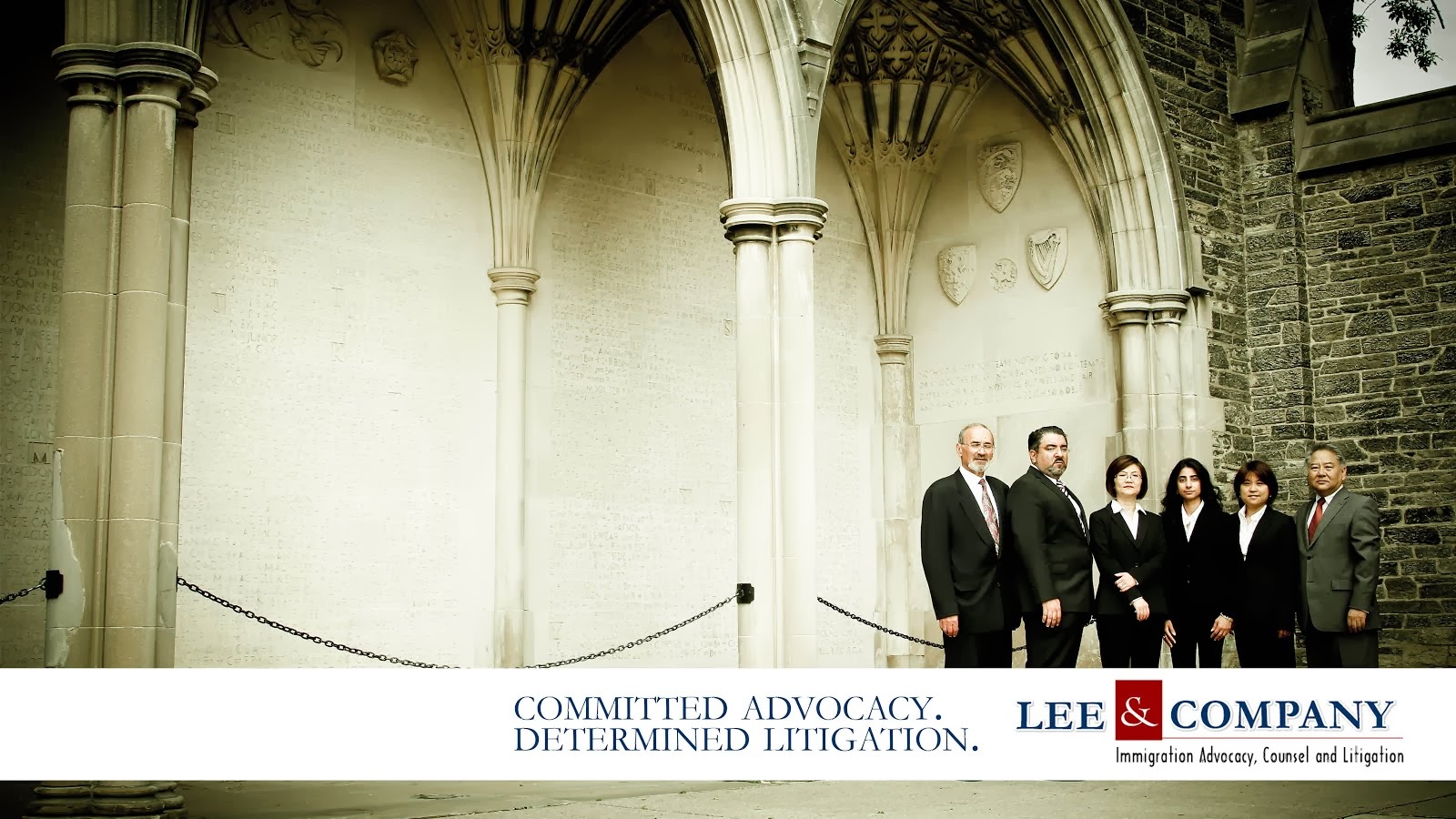What is the legal test
for Temporary Resident Permits (TRPs)?
This question was answered in the recent
Federal Court decision of Krasniqi v. MCI,
2018 FC 743.
The Court states:
19. Equally, I
am not persuaded by the Respondent's contention that applicants must
demonstrate "compelling reasons" to be issued a TRP. While much of
the Federal Court jurisprudence appears to have applied such a test, I will
adopt the view articulated by Justice Harrington in Palmero v. Canada (Minister of Citizenship and Immigration), 2016 FC 1128 (F.C.) at para. 21:
I am concerned that the Guidelines speak of "compelling
reasons", while the Act itself does not. Not only are guidelines not law,
but they cannot go beyond the boundaries of the statute itself.
20. Federal
Court jurisprudence indicates that there is no legal obligation for a
decision-maker to consider and apply the guidelines; it is often repeated that
the guidelines are not law, not binding, and do not create any legal
entitlement in the context of a TRP application: Vaguedano at para. 35; Shabdeen
v. Canada (Minister of Citizenship and Immigration), 2014 FC 303 (F.C.) at para. 16. However,
this Court has also recognized that a decision-maker must nevertheless consider
the relevant circumstances and the reasons advanced by an applicant when
assessing eligibility for a TRP: Zlydnev
v. Canada (Minister of Citizenship and Immigration), 2015 FC 604 (F.C.) at para 20; Mousa
v. Canada (Minister of Citizenship and Immigration), 2016 FC 1358 (F.C.) at para. 9; Ali
v. Canada (Minister of Citizenship & Immigration), 2008 FC 784 (F.C.) at para. 12. In my view, this obligation covers any
relevant circumstances or reasons, whether or not they are specified in the
guidelines.
[…]
27. Moreover,
the decision-maker's analysis of Ms. Hashani's situation was wholly
insufficient and demonstrated a complete lack of appreciation for her
circumstances. Although framed in the language of "compelling
reasons" (which I have already described as problematic above), Justice
Shore wrote in the oft cited decision of Farhat
v. Canada (Minister of Citizenship & Immigration), 2006 FC 1275 (F.C.) at para. 22, "[b]asically,
the TRPs allow officers to respond to exceptional circumstances while meeting
Canada's social, humanitarian,
and economic commitments [emphasis added]." In my view,
the case at bar potentially engages all three of those criteria, and I believe
that a fulsome analysis of those interests may have yielded a different result.
According to s.24 of the Immigration and Refugee Protection Act:
Temporary resident permit
Link to read the full decision in Canlii.org:
https://www.canlii.org/en/ca/fct/doc/2018/2018fc743/2018fc743.html?searchUrlHash=AAAAAQAOYWhtZWQgJiB3ZW5uaWUAAAAAAQ&resultIndex=3